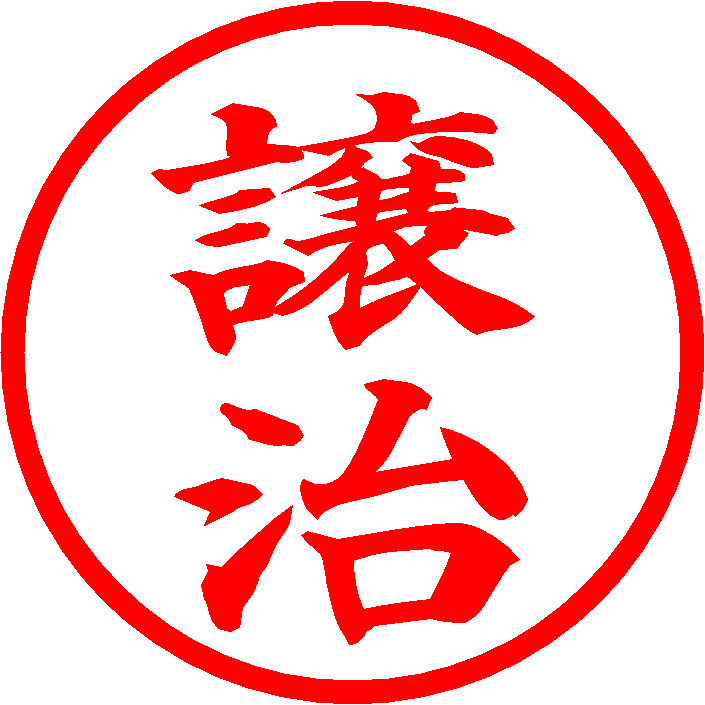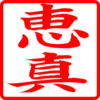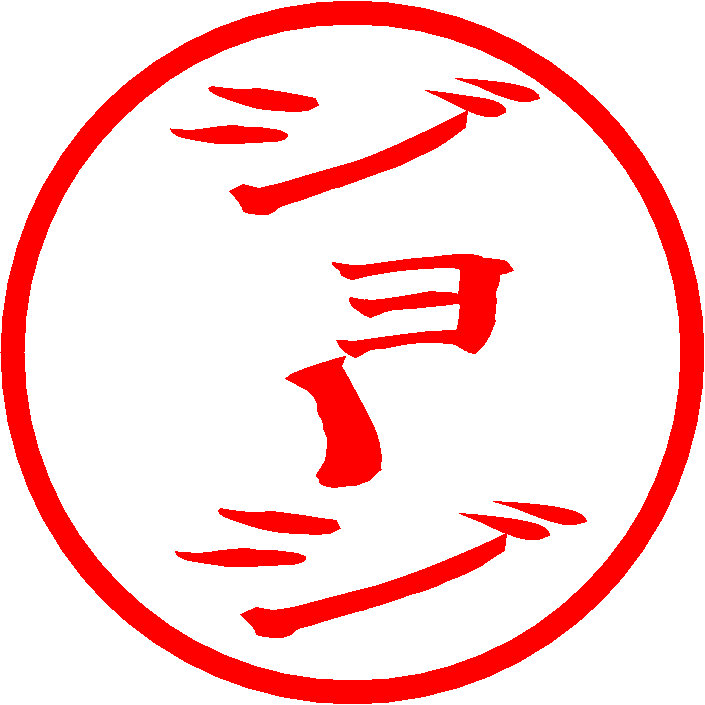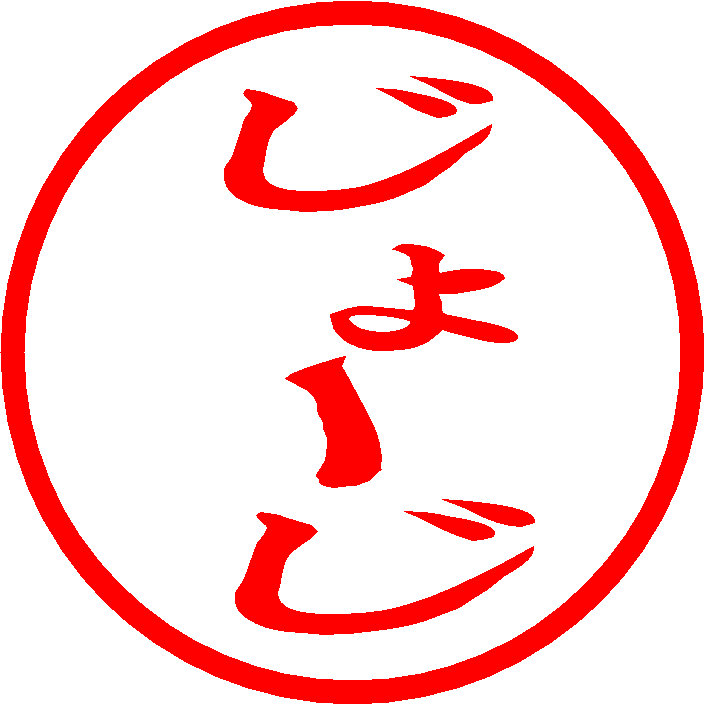What is Hanko ( Name stamp )
In Japan, instead of signing things we stamp our Hanko ( Name stamp ). Hanko is also called “Inkan”. We use them when we want to open a bank account, buy a house, rent something, or sign an important contract. It’s considered a form of ID in Japan.
Hanko is a part of Japanese society and it’s a very important part.
If you should ever come to Japan, you’ll need one for your own bank account or to rent a home, they’re very important here.
How to stamp Hanko ( Name stamp )
Japanese people use their Hanko all the time. When you write letters, you use your Hanko instead of signing your name. you also stamp it on various other things you carry around just to give it a personal accent.
Hanko makes great souvenirs and presents. You can have your name written in Kanji, Katakana, Hiragana or English characters on your Hanko.
![]()
Let’s make your own original Hanko!
You can compare an image of Hiragana with an image of Katakana or an image of English before your order is placed.
You can compare an image of Hiragana with an image of Katakana or an image of English and so on before your order is placed.
You can request samples for free. We look forward for your sample request.
【 Proceed to order 】
We understand that choosing a Hanko is very personal and important decision. Whether you want kanji or original Hanko we are happy to discuss your unique requirements before making a purchase.
 Kanji Hanko
Kanji Hanko
Although each Kanji has only one basic meaning, they often have more than one pronunciation.
We will offer you Kanji which suits you.
 Original Hanko
Original Hanko
Please make line drawing ( portrait,words,name and so on ) in bmp jpg png and send it to us . We’ll send you an image of your hanko.
There are 2 types of Hanko, one of them is round one that’s called Maruin and another one is Square Hanko that’s called Kakuin in Japanese.
These are Maruin.
This is Marianna by Kanji

This is Francesco by Katakana charactor.

Maruin has 3 types of Hanko below.
Jitsuin
A Jitsu-in (literally meaning “actual/true seal”) is the one you would use when signing a contract. If you’re a freelancer and you need to sign a contract with a company, you need a jitsu-in. The same goes for other situations like setting up a company or buying a house. For the Jitsu-in to have legal standing, you must register it at your city office. After you’ve registered it, they’ll also issue you with an “Inkan card” which will allow you to print certificates of seal registration. When signing an important contract, you’ll often need to impress your seal and provide the certificate to prove that it’s your Inkan and that it’s registered.
Ginkoin
A Ginko-in is simply a Hanko for financial transactions. Instead of registering it with your city office, you must register it with your bank(s). It can be used to withdraw money from your account or sign up for a loan, so you should look after it. While Japanese patrons are typically required to register a Ginko-in when they open a bank account, most banks don’t require it of foreign customers. One big exception is when you start a company. Since a company isn’t a real person and can’t sign anything, you need to register a Ginko-in when you open an account.
Mitomein
A mitome-in is your regular, everyday Hanko which you use for everyday things—like receiving parcels or for stamping on an invoice if you are a freelancer. The mitome-in is not registered anywhere and has no legal standing.
Some people use the same Inkan for all three different purposes, but given that the Jitsu-in is equivalent to your signature, and it can be easily copied, the less you use it the better. Also, for almost any situation where a mitome-in is needed, a simple signature will suffice.
These are Kakuin
This is Emma by Kanji


When you do Shodo or do fishing you stamp Kakuin instead of sighing things or under your sign or like them below.
Would you like to make your original Hanko ( name stamp )?
Please make line drawing
( portrait, words, name, and so on ) in BMP jpg png and send it to us.
Our collections
https://name-stamp.com/hanko-inkan/hankoinkan
 Japanese gift – A gift from Japan
Japanese gift – A gift from Japan
 Katakana
Katakana  Hiragana
Hiragana  English
English 



 Shipping is free for purchases over ¥30,000 ( JPY )
Shipping is free for purchases over ¥30,000 ( JPY )